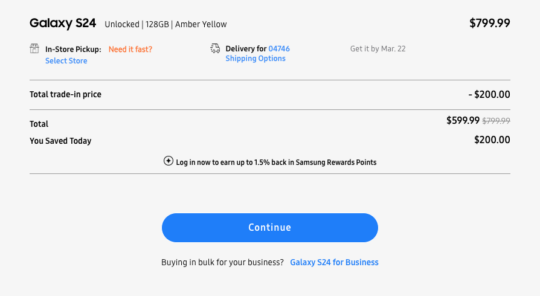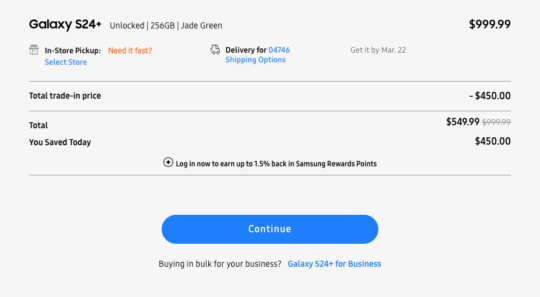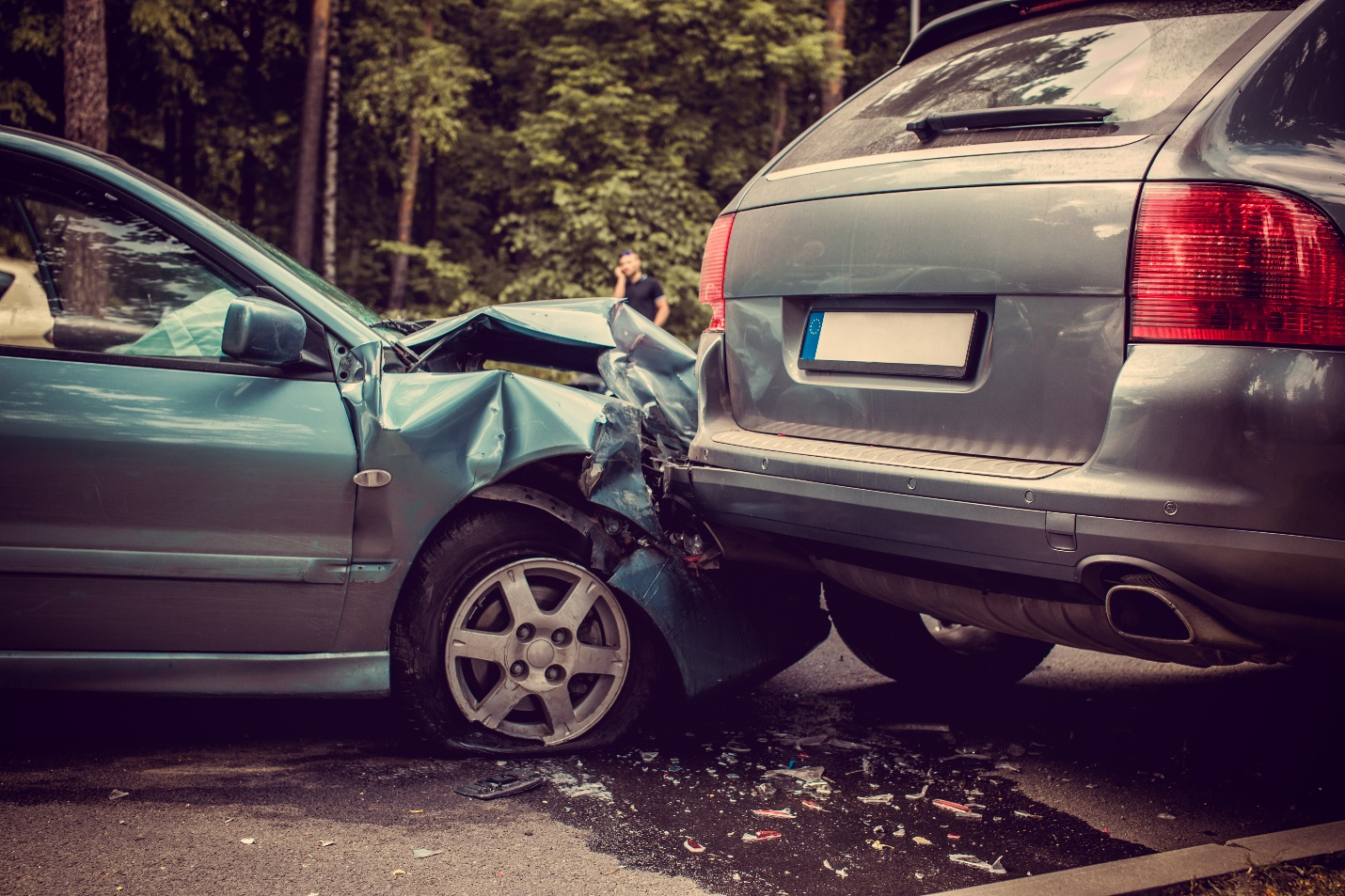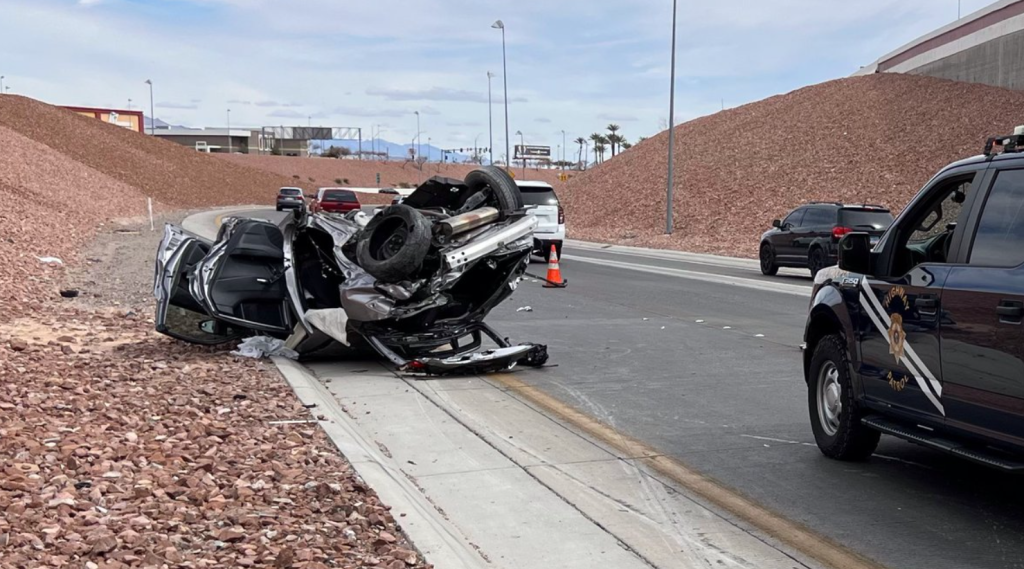Getting into any car crash can be terrifying, but rollover crashes are even more frightening and dangerous. Many things can cause a rollover accident to occur, from user error to bad weather, but there’s no need to fear; there are many ways to avoid being in one.
In this article, we’ll explain what a rollover crash is, the different types, the environmental and vehicular elements of rollover crashes, and the best way to avoid being involved in one. The biggest thing to note is to not be afraid of driving; just because rollover crashes are possible doesn’t mean you’ll be involved in one.
With all of this in mind, let’s start with an explanation.
Defining What Rollover Crashes Are
A rollover car crash, or ROC, is when a vehicle rolls onto its roof or side in an accident. Depending on where the crash occurred and the cause, it may roll only once, or it may roll a few times before it finally stops. Since there are many different causes of ROCs they commonly involve only a single vehicle.
However, crashes that involve multiple vehicles could still result in one or more of the cars involved to rollover. As one might expect, these types of crashes have a high possibility of resulting in injuries, with many being serious, such as head injuries.
Looking at the Different Types of Rollovers
There are a few different types of ROCs, and one of the more obvious types are those caused by one vehicle crashing into another.
These can send one or even both vehicles rolling in a variety of ways, such as when one automobile hits the side of another, which could cause it to begin rolling onto its side. Another type is the end-over-end, which can be especially frightening to witness. The affected car will flip from front to back or vice versa at least once and will likely end with the car sitting upside down.
A climb-over is when a vehicle runs over something that is big or tall enough to prevent the tires from making it over, causing it to either roll back onto its roof or its side based on how tall both the object and the automobile are and the car’s weight. A fall-over is almost the opposite: when a vehicle is going down, but the slope’s angle causes the car to flip due to the center of gravity moving too rapidly for the driver to react.
The turn-over is likely one of the more common types of rollover crashes, which happens when a turn is responsible for the rollover. We’ll go over exactly how this can happen in greater detail in the next section. The last type we’ll cover here is the trip-over, which is when a vehicle is suddenly stopped too quickly.
This can cause the center of gravity to shift to one side of the car, likely benign the front, which results in a flip. There are a few other types of rollovers, but it isn’t as important to understand them as it is to understand the possible causes, which we’ll cover next.
Understanding the Causes of Rollovers
There are a few key ways to cause a rollover accident. As mentioned earlier, tripping is one way, which is when a car suddenly stops too quickly, such as by slamming on the brakes too hard after going too fast or by a tire hitting something like a curb or ditch.
Another common cause is speeding. If you’re driving too quickly, you may not have enough time to react to obvious hazards such as potholes or large objects that are blocking part or even all of the lane.
If you fail to slow down enough as you turn, the shift of your vehicle’s center of mass, along with the new forces applied when turning and the slope of the road, can all result in a rollover accident. Overloading your car with large, heavy items such as furniture or excess luggage will also shift the weight, making it easier to roll over.
As expected, crashing into another vehicle can also cause a ROC due to the speed you both were driving at, the angle at which each car is hit, and the sudden stop. Poor weather can cause the road to be slick, reduce visibility, or wear down your tires, which can either cause or make it easier for you to accidentally roll over.
One more cause to consider is your tires. As you drive, your tires will begin to wear out, which will mean they have less traction with the road. This can not only lead to a rollover but also to suddenly slipping out of control on the road. However, tires with too much traction can be just as dangerous as should the car start to tip, but your tires refuse to let go of the road, and you’ll flip no matter what you attempt to do to prevent it.
Preventing Rollover Crashes
Luckily, there are quite a few ways to prevent a rollover crash from happening. For example, the newer your vehicle is, the less likely it will be to roll over, especially if you own a van, SUV, or truck.
These automobiles already can have a skewed center of mass, so when combined with the fewer rollover regulations and manufacturer compensations, you’ll find that older models will be more likely to roll over in most cases. As tests are conducted and laws and regulations are passed, these risks are heavily reduced for newer models, especially for SUVs. When you’re looking for a new car, try and get a newer model.
Before you start driving, check your tires and make sure your automobile isn’t overloaded. If the treads on the tires have been worn away too much or the pressure is too low, either replace the tires completely or inflate or possibly even deflate them a bit to return the pressure to what it should be.
Keep in mind that the pressure may shift as the temperatures do. Also, if your vehicle’s too heavy, you’ll need to remove some of the excess weight somehow.













